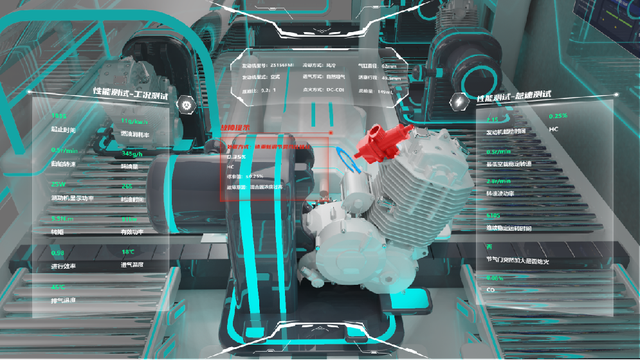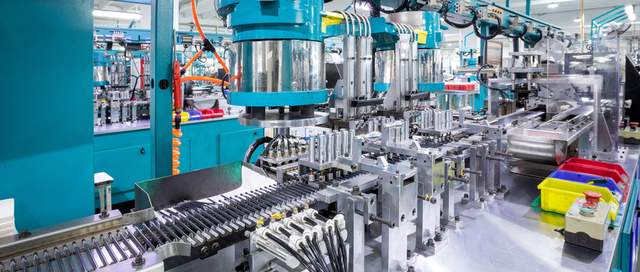The purpose of digital twins is to build a digital complex system "mirror" in the virtual space, which can be observed, controlled, analyzed, verified and deduced from multiple perspectives at low cost and repeatedly, so as to help people better complete design in the real world. Production, operation and other activities.

In recent years, digital twin technology has been widely used in aerospace, industrial manufacturing, transportation and logistics and other industries. However, there are differences in the perception of digital twins in various industries, and there are also different ways to build digital twins. There are several common misunderstandings about digital twins:
(1) 3D is the digital twin: think that 3D is the digital twin, and ignore that the key role of the digital twin is to analyze complex systems. There is still a long way to go in the excavation and deduction of the internal mechanism;
(2) Using the virtual to control the real is a digital twin: it is believed that in a virtual scene that is bidirectionally mapped with the real world, people can control certain devices in the physical world, and giving instructions is a digital twin. The role of digital twins in assisting decision-making or even autonomous decision-making is ignored;
(3) There is data but no model: In the digital twin system, data is stored in relational databases or big data, most of which exist in the form of two-dimensional tables, and the relationship between data is through primary keys, foreign keys or SQL-like query statements Establish. This form does not establish an overall architectural model for twin objects in the digital space, nor can it form the relationship between data and business problems, so it cannot use model algorithms to dig out deeper logical relationships from the perspective of data.

The real digital twin is to make full use of data such as physical models, sensor updates, and operation history, integrate multi-disciplinary, multi-physical quantities, multi-scale, and multi-probability simulation processes, and complete the mapping in the virtual space to reflect the full range of the corresponding physical equipment. life cycle process.
The digital twin is a digital model of an existing or future physical entity object. It senses, diagnoses, and predicts the state of the physical entity object in real time through actual measurement, simulation, and data analysis, and regulates the physical entity through performance and state optimization and instruction transmission. The behavior of physical objects evolves itself through mutual learning among related digital models, while improving the decision-making of stakeholders during the life cycle of physical objects.
There are three forms of digital twins, namely native, twin and symbiotic.
(1) Original: It has not yet appeared or has not yet formed in the physical world, and needs to be constructed in the digital space first, so as to guide the realization of physical entities or solutions. At this time, the physical world is mapped to the digital world in an offline and non-real-time manner
(2) Twins: Map the concerned entities in the physical world into the digital space. Two-way mapping and control can be performed in real time or offline.
(3) Symbiosis: Digital entities and physical entities are interdependent regardless of primary or secondary, and neither is possible without the other.

There is no progressive relationship among the three forms, but different forms are used according to different application scenarios. For example, the original form is usually applied to the design of complex products or complex systems; the twin form is usually applied to the operation of parks, stations, and factories; the symbiotic form is a model in the future. will be more and more
At present, the application of digital twins is gradually increasing. Although most of them are virtual simulation and visualization of factories and equipment, there are also a few companies that have achieved real-time monitoring of data to judge changes in the operating status of equipment, thereby realizing physical equipment. control.
Source: "Modeling-Linking-Measurement-Optimization" Digital Twin Construction Paradigm" Chen Minjie, Zhang Ke
Humi - Make Industry Smarter